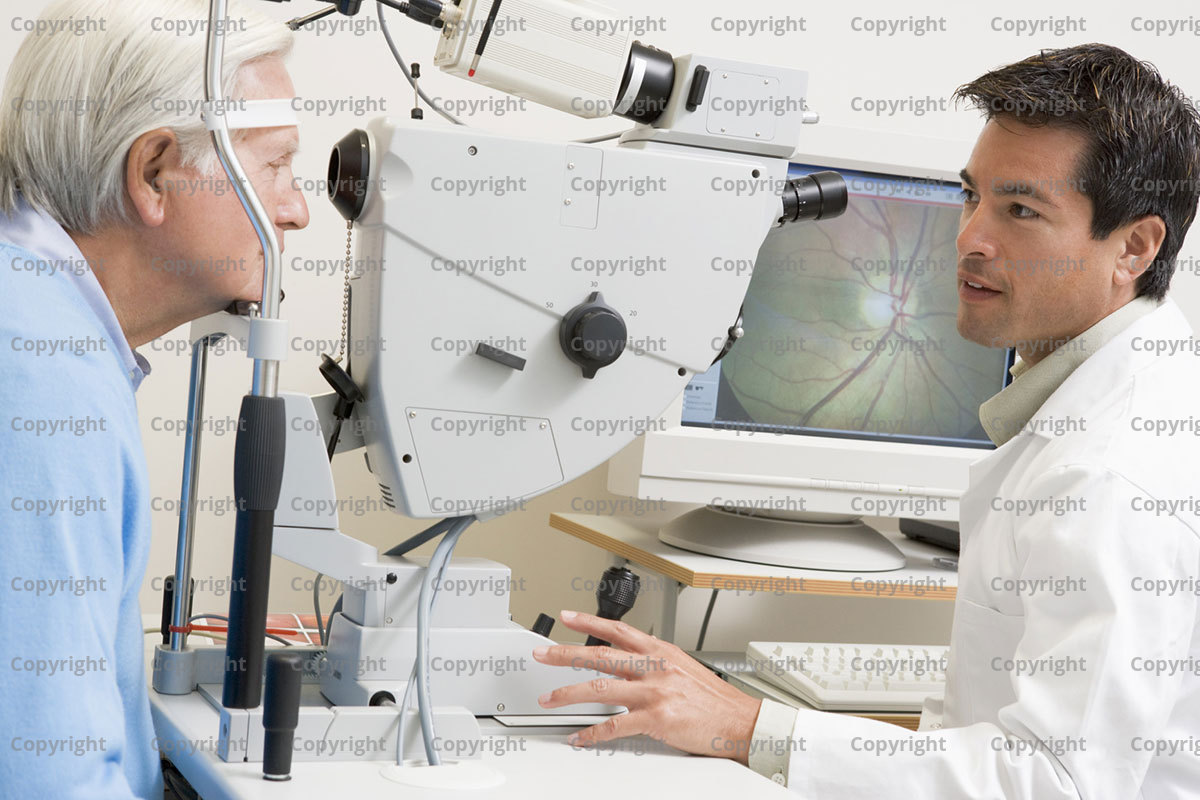The doctor will take a complete eye history including your vision problems, your glasses-wearing or contact lenses-wearing habits, your overall health, family history, and current medications.Your vision will be checked with a refraction test. A refraction test is an eye exam where you look through a device with different lenses at an eye chart 20 feet away to help determine any vision deficits.
Your eyes will also be dilated with eye drops to make pupils larger so the doctor can view the back of the eye. Other parts of the exam may include checking your three-dimensional vision (stereopsis), checking your peripheral vision to see how well you see out outside of your direct focus, and checking the health of your eye muscles.
There is no special preparation needed prior to the test. After the exam, you may need someone to drive you home if your eyes have been dilated and your vision has not yet returned to normal. Bring sunglasses—after dilation, your eyes will be very light sensitive. If you don’t have sunglasses, the doctor’s office will provide you with something to protect your eyes (but it won’t be very stylish).
Regular eye exams help detect eye problems early and can help maintain proper vision and prevent vision changes. People with diabetes should have their eyes examined annually. People who wear contact lenses will also need a yearly exam. Those with other health or eye problems or a family history of eye diseases should see their doctor more frequently. Certain professions also need an ophthalmic exam regularly, including pilots, racecar drivers, and those in the military.

